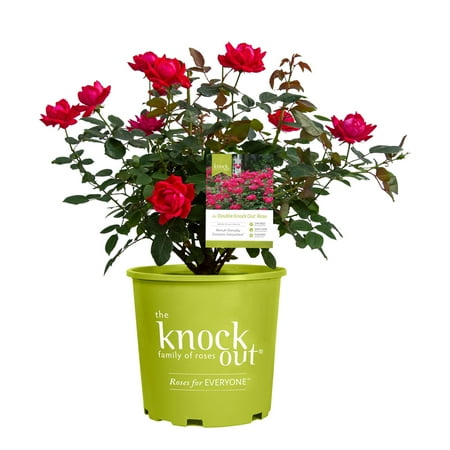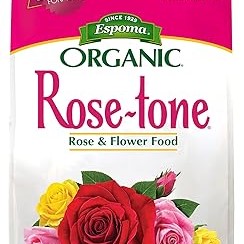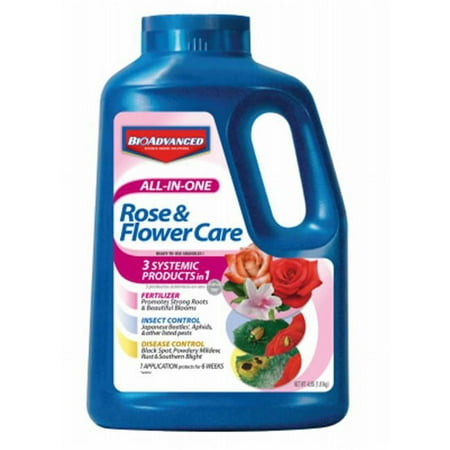These are the secrets to rose success in summer – garden experts reveal how to care for your rose plants this season
Keep your roses blooming for longer by following these 3 expert-approved summer rose care tips

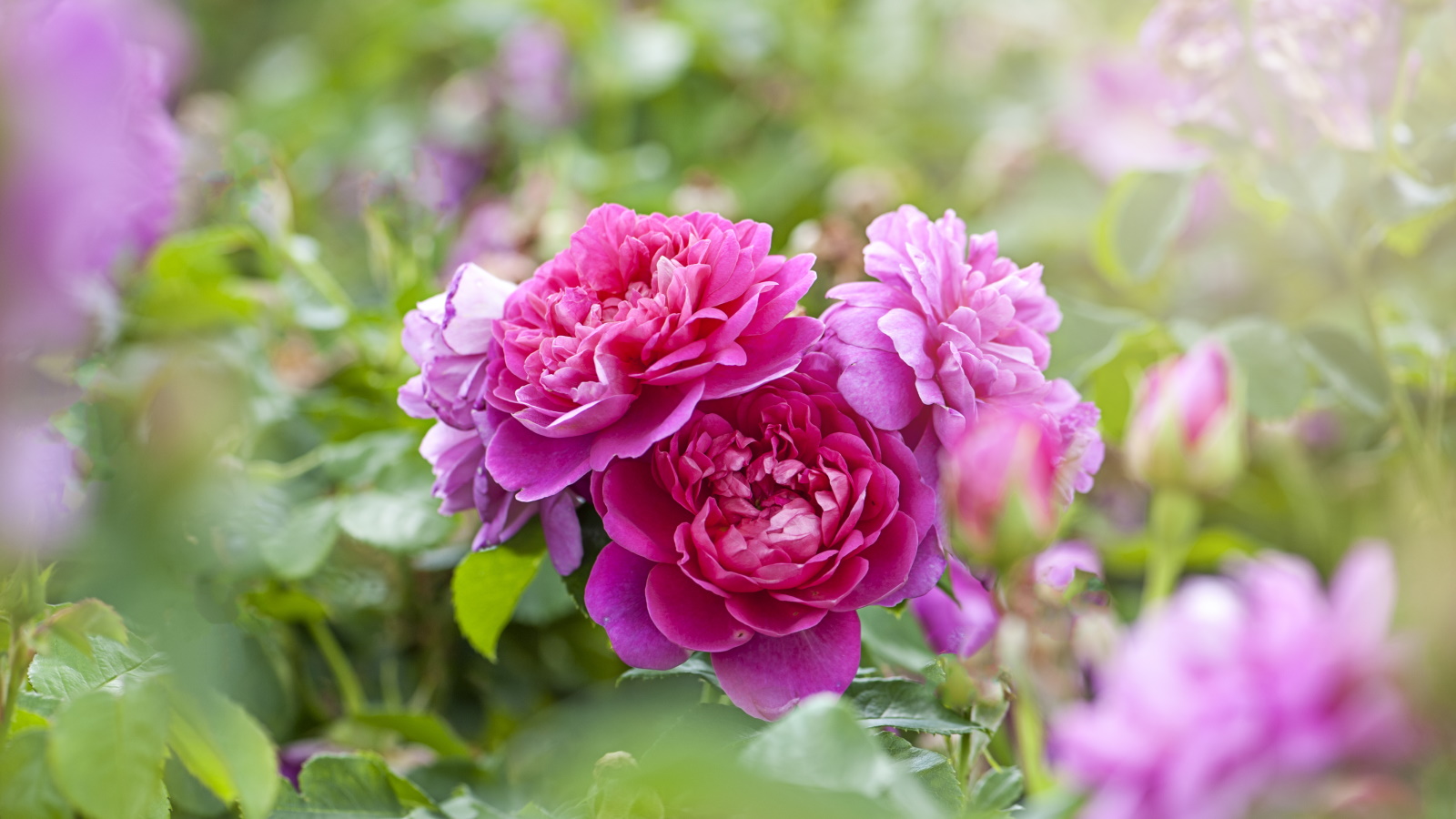
Caring for roses in the summer is not without worry. With soaring temperatures, scorching sun, and weeks without rain, these classic cottage garden plants can struggle. While roses typically grow best in full sun positions, the unpredictable warmer months of the year can be challenging, even for these tough plants.
While you might already know how to grow roses, understanding how to care for your plants during the hottest months of the year is crucial. Whether you grow shrub, climbing, miniature, or ground cover roses, there are certain steps to follow that can help your rose garden thrive.
As a gardener, I have grown many different rose species over the last several years. Most recently, I grew a collection of climbing roses and pot roses while working on a private estate in Tuscany. With challenging temperatures across Italy last July and August, often reaching 104°F, keeping these romantic blooms was not without difficulty. Here, I share everything I learned from this time.
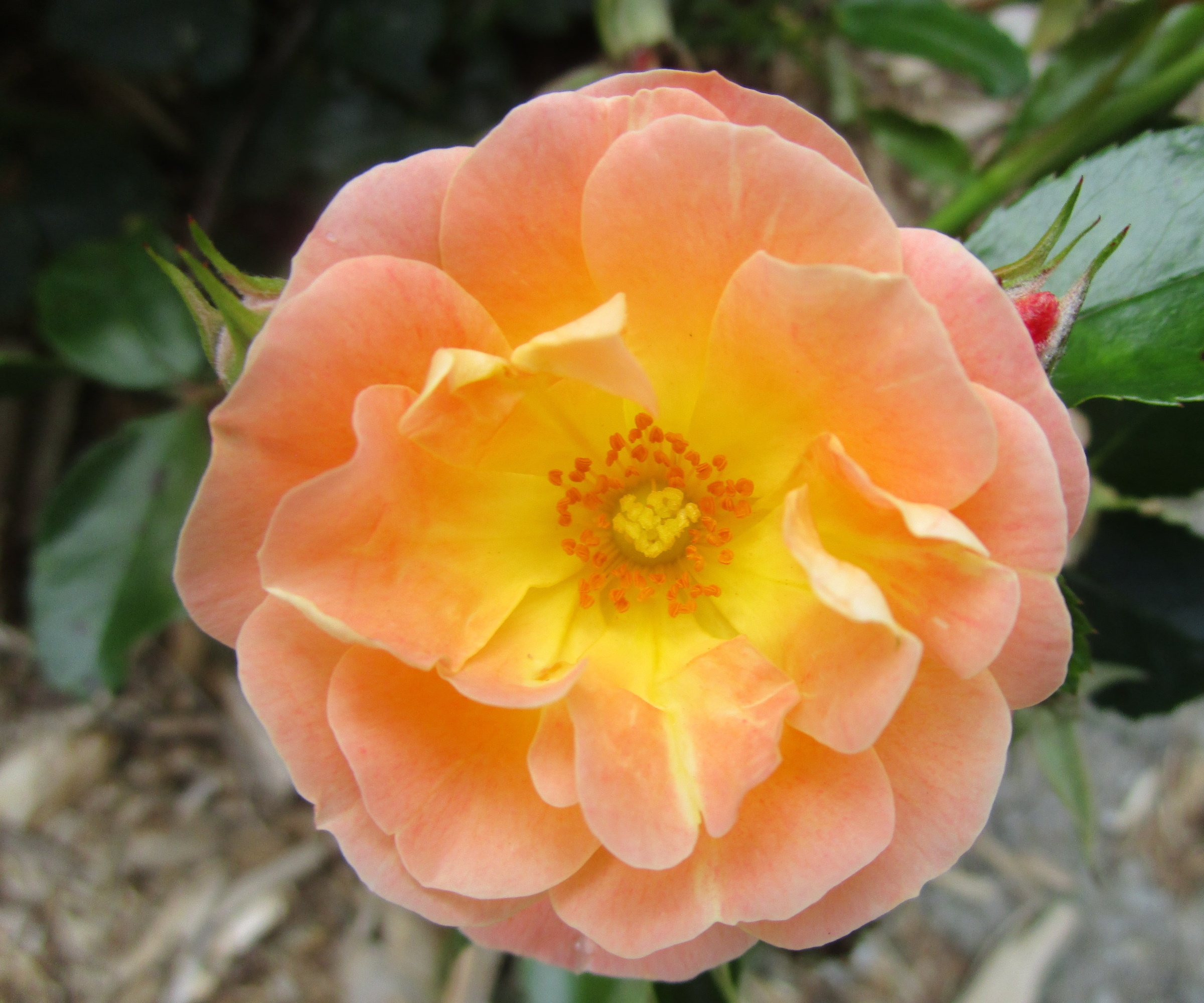
Summer rose care tips
A well-maintained and healthy rose bush will be able to tolerate temperature fluctuations and dry spells. While summer can be stressful for plants, with the right maintenance, your roses will continue to bloom late into the season. So, avoid common rose growing mistakes, and follow our 3 expert-approved steps for a spectacular floral summer show.
1. Provide protection in summer for roses in pots
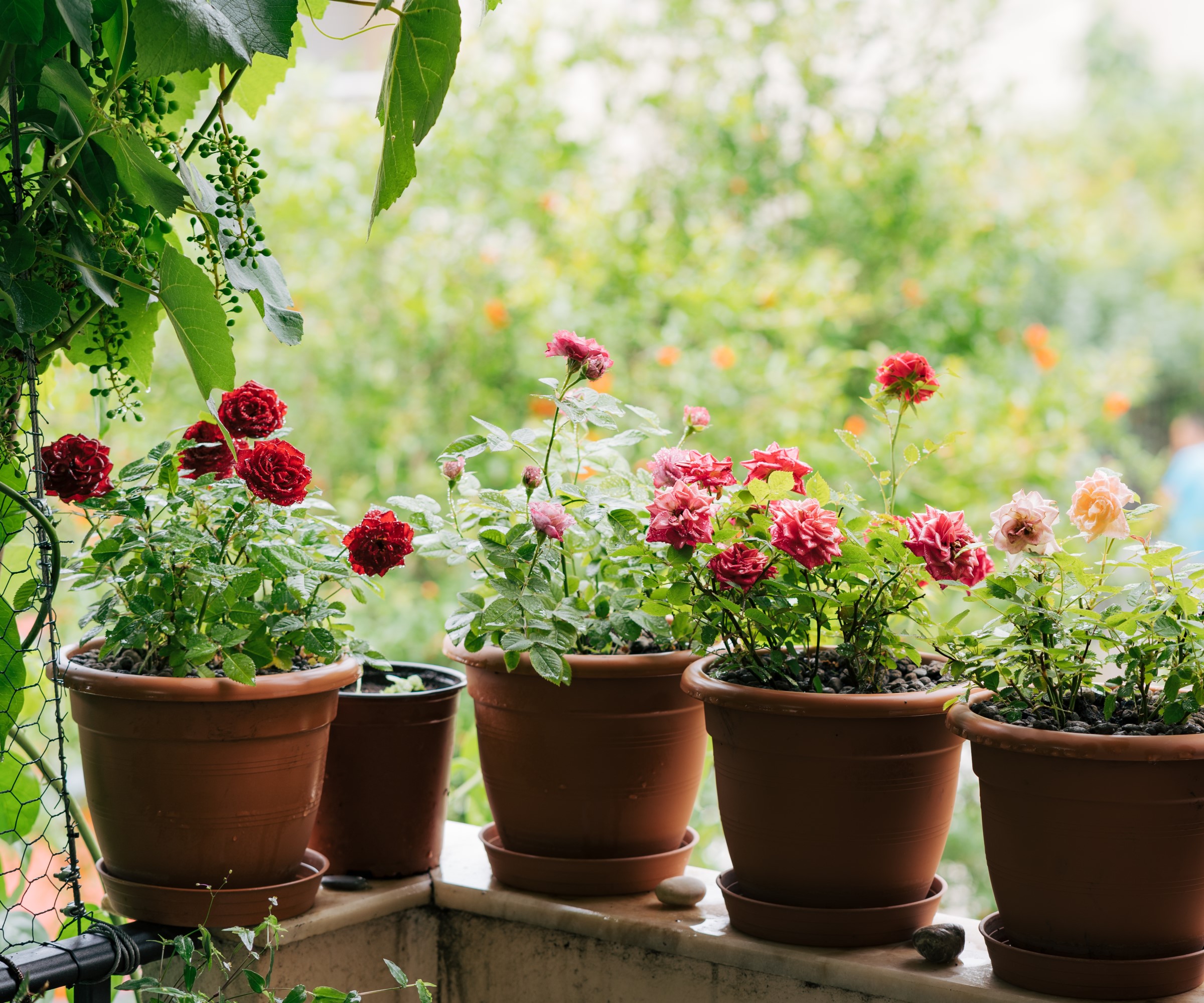
While the challenge of summer differs from region to region, depending on your US hardiness zone, most of us will experience a rise in temperature and dry weather.
Some rose species can tolerate shade, but most do require sunshine to flower. However, providing some afternoon shade and protection for your roses grown in pots is a good idea, particularly for new or young plants, or smaller specimens, including miniature roses.
During the hottest months of the year, typically July, August and September, moving pots to part sun part shade positions is effective. As long as your roses receive 5 to 6 hours of sunshine, they will continue to flower, and positioning them in a cooler zone in the yard will reduce the amount of watering required.
Design expertise in your inbox – from inspiring decorating ideas and beautiful celebrity homes to practical gardening advice and shopping round-ups.
2. Deadheading roses in summer
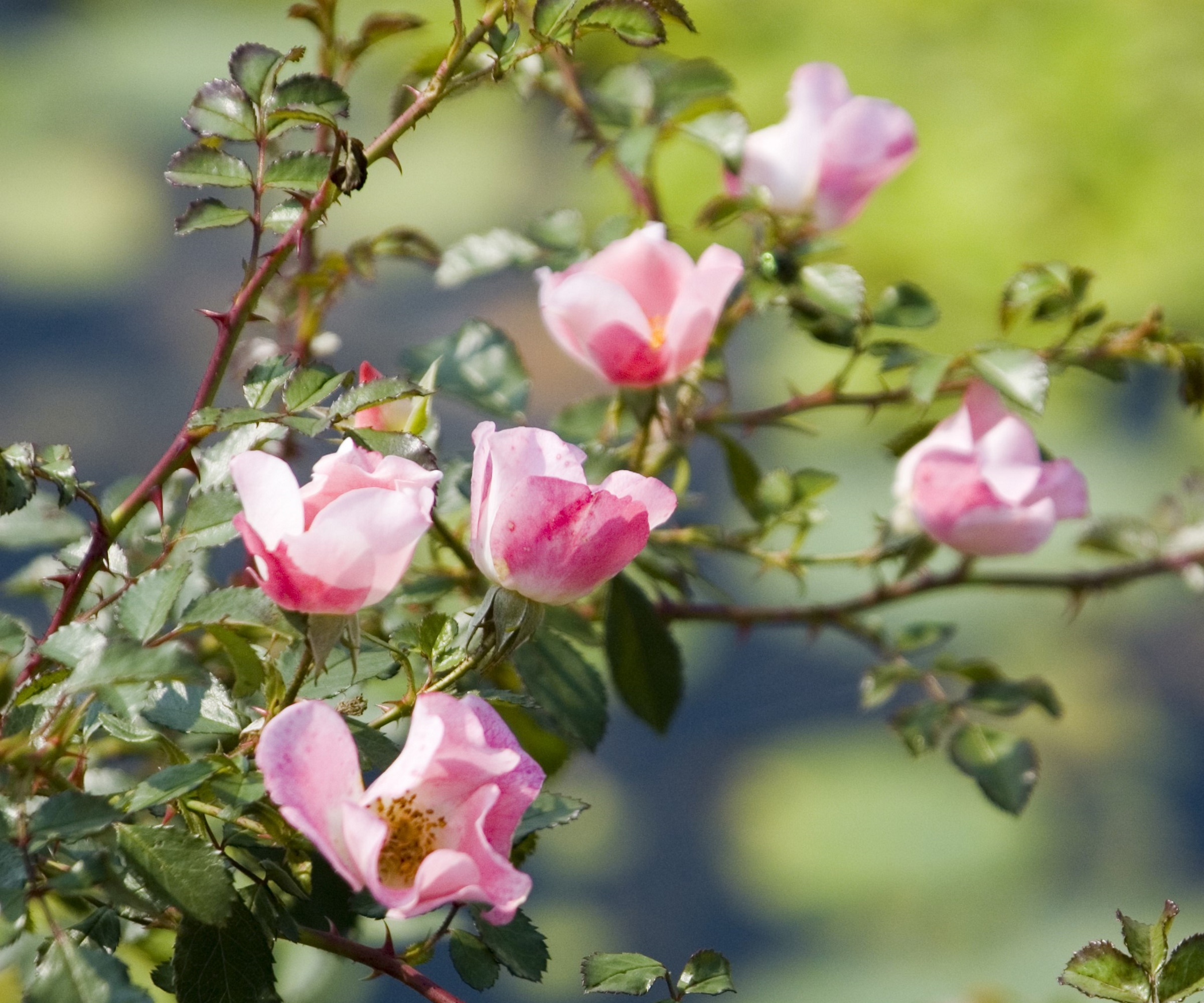
'Learning how to deadhead roses is vital to keep your plants blooming all summer long,' says plant expert, Katie Sunderlage. 'To deadhead, cut back any old, faded or spent blooms as soon as the petals drop.'
As Katie says, speed is the key when deadheading roses. The more time faded blooms spend on the stem, the more energy is diverted from flower production towards seed production.
'Regularly prune stems back to a leaf node during summer,' Katie says, 'this will encourage your rose to produce more shoots and buds.'
Deadheading is a continuous summer job. I recommend spending a short amount of time every other day during the long evenings. During high summer, flowers can open and fade rapidly, so keeping on top of this job is essential to keep your plants blooming.
To make light work of deadheading, use sharp pruning snips, available from Walmart.

Operations Manager at Holland Group, managing the customer service department and purchasing. Katie has been in the green industry since 2005 in the Greater Milwaukee area, earning her degree in Horticulture in 2008. She has been able to share her love for plants working in multiple garden centers, in sales positions and most recently in an online retail platform at Holland Group.
3. Watering and feeding roses in summer
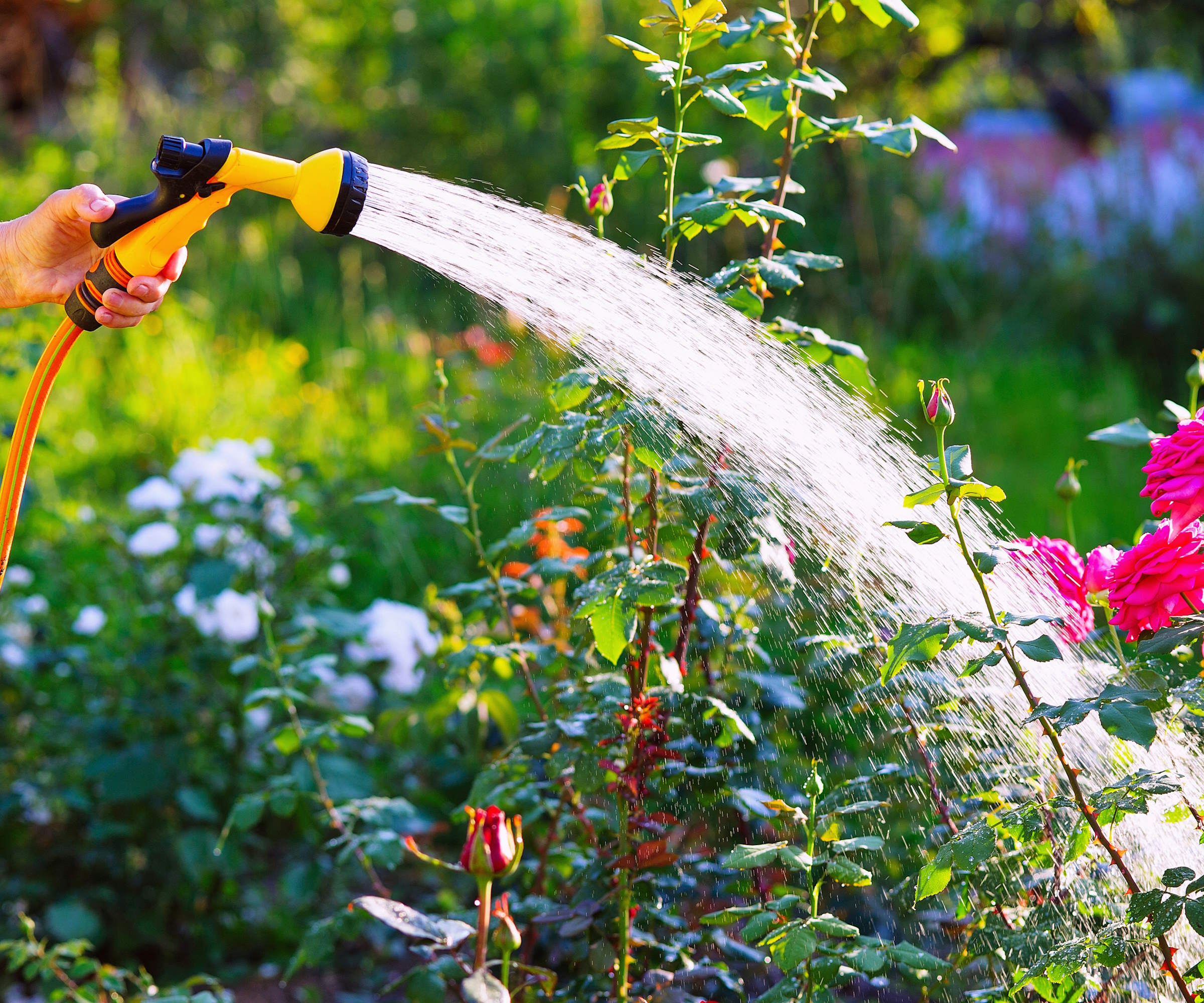
'Fertilizing roses can help maintain prolific blooms throughout the summer months,' Katie adds. 'There are many products available, but I tend to use a water-soluble or slow-release fertilizer that is specific to roses.
'Unless you have a specific rose foliar feed that should be sprayed onto the leaves of the plant, ensure that your fertilizer is applied at the base of the plant, avoiding the leaves as this can cause those spots to burn in the sun,' Katie continues.
'In addition, learning how to water roses is linked to the health of a rose,' Katie adds. 'This is especially important during the first 1 to 2 seasons while they establish. Watering should be done regularly during dry weather.'
I recommend watering slowly using a watering can and at soil level. Avoid spraying the foliage to prevent leaf scorch from water droplets on the leaves.
Shop rose fertilizer
FAQs
When is the best time of day to water roses during the summer?
Watering your plants during summer is a time-critical job. Avoid watering during the heat of the day, opting instead for cooler times such as early morning or late evening. Water your plants at the soil level, ensuring that you conserve water by taking a slow and careful approach.
Following these summer rose care tips is sure to help your plants thrive this year, with long-lasting and fragrant flowers filling your yard. For more information on caring for your plants this summer, see our guide on jasmine care tips, to keep your fragrant climbers blooming during the warm months.

Thomas is a Content Editor within the Gardens Team at Homes and Gardens. He has worked as a professional gardener for both public spaces and private estates, specializing in productive gardening, growing food and flowers. Trained in Horticulture at the Garden Museum, he has written on gardening and garden history for various publications, including The English Garden, Gardens Illustrated, Hortus, The London Gardener and Bloom. He has co-authored a Lonely Planet travel book, The Tree Atlas, due out in 2024.
